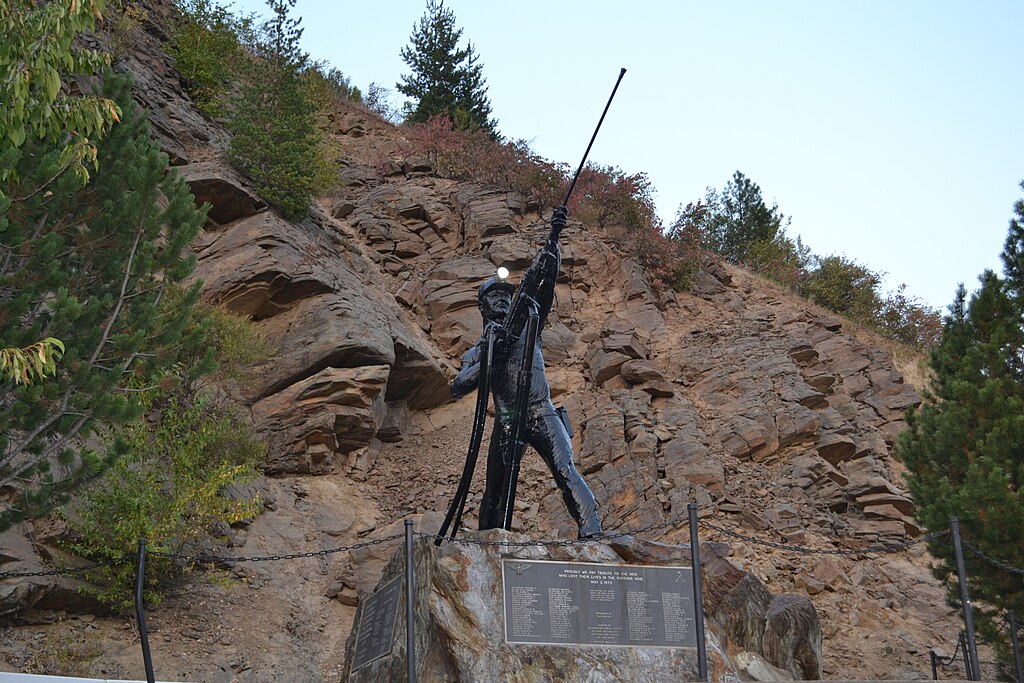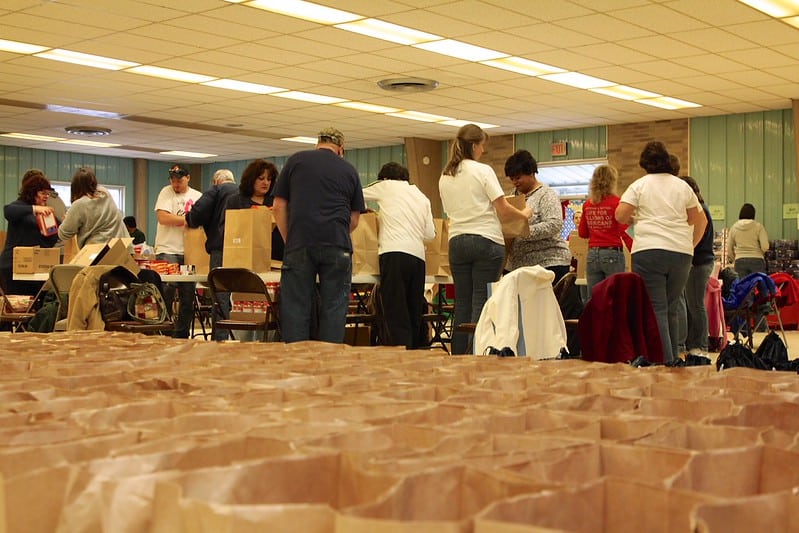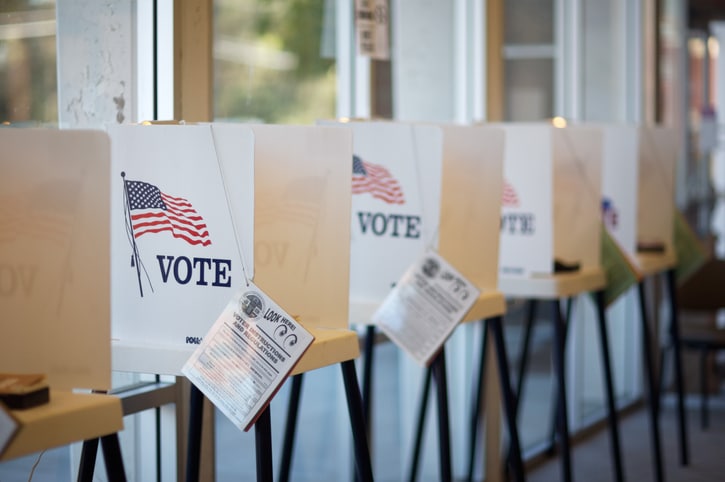
Tossing Out Rules Written in Blood
By David McCall
USW International President
Dart Taft praised the district office of the U.S. Mine Safety and Health Administration (MSHA) for stepping in a couple of years ago to address a pressing maintenance issue at the Galena mine in Idaho’s Silver Valley.
Officials there collaborated with workers and management to develop an innovative plan for upgrading a hoist—a device used to transport the miners—while ensuring miner safety and keeping production of silver, lead and copper on track.
“MSHA showed some flexibility in working with the company to solve the problem. They certainly didn’t have to do that,” said Taft, chair of United Steelworkers (USW) Local 5114-03, noting the project required carefully planned adjustments to the mine’s evacuation plans.
It’s the kind of expertise that Taft values from MSHA officials on the ground in one of the nation’s most important mining communities.
And it’s exactly what he stands to lose as Donald Trump’s Department of Labor (DOL) prioritizes profits over people and abandons the workers he was elected to protect.
The agency recently announced plans to slash more than 60 regulations essential to health and safety in numerous industries. Among those on the chopping block are rules that afford district MSHA managers input into mining companies’ roof control, ventilation and safety training programs.

The DOL—overseeing MSHA and other safety agencies—says it wants to cut “red tape” for employers and ban district managers from requiring additional safeguards they consider necessary.
Taft, one of more than 100 union miners at Galena, knows what changes like these are really about—helping companies save a dollar at workers’ expense.
“If they’re not forced to do it, they won’t,” he said of the mining conglomerates, adding that depriving district MSHA officials of their discretion “certainly isn’t going to make things any better. We need to have regulations.”
Cutting safety puts all miners at risk. But it’s an especially sharp slap in the face to people in the Silver Valley, where 91 miners perished in a 1972 fire at the Sunshine Mine.
The disaster, blamed partly on a ventilation system that spread lethal gases during the fire, led Congress to pass the groundbreaking Mine Safety and Health Act in 1977. That law established MSHA and empowered it to inspect mines, oversee safety training and keep miners safe.
Taft, who worked at the Sunshine Mine early in his career and attends an annual memorial service for the fallen, said even miners sometimes get aggravated with detail-oriented MSHA officials.
“But we need them,” he said.
Marshal Cummings, president of USW Local 13214, has spent years advocating for even stronger protections, including an MSHA standard to reduce and monitor miners’ exposure to toxic dust.
It infuriates him that Trump now intends not only to delay long-awaited new safeguards like this but drag the industry backward. It’s cruel, he said, to roll back even one provision that helps miners return home safely after their shifts.
“All these rules have been written in blood,” said Cummings, noting that injuries and deaths in the decades since the Sunshine tragedy all contributed to the body of regulations that the DOL wants to cut.
Miners want “responsible mining companies to attain permits and leases to create good-paying union jobs,” Cummings added. “But doing so at the cost of safety and health is a recipe for disaster.”
Cummings and his co-workers produce trona, a mineral 1,600 feet below ground that’s used to make baking soda, soap, glass and other important products.
Trona production, decades-old and the heartbeat of the local economy, forges some of the world’s most skilled miners. It also produces highly qualified regulators, some of whom not only walked in miners’ boots but came out of the very mines they now oversee at MSHA.
“One of the inspectors I trust the most is a Steelworker,” Cummings said, noting this official formerly oversaw safety as a local union activist at a nearby mine and now performs a similar role for thousands of miners in the region.
It’s this caliber of person—not DOL and MSHA employees in Washington, D.C.—that Cummings wants to see making decisions about ventilation, roof integrity and geological issues in southwestern Wyoming.
“I don’t understand how a person in a suit and tie can make decisions for the people who are running the bolts and hauling the stuff out,” he said, contrasting bureaucrats in the nation’s capital with co-workers who secure the mine roof and remove trona from the mine.
As the industry expands and adopts new technology, miners’ need for a strong MSHA, with district representatives empowered to leverage their knowledge of local conditions, will only increase.
That’s clear in places like the Asarco mine in Arizona’s Copper Triangle.
Miners there not only bargained strong health and safety language into their contract but take pride in enforcing those provisions every day.
“We run a tight ship with the company. We don’t let them get away with anything,” said Rick Sosa, vice president and safety chair for USW Local 5252.
Yet Sosa and his co-workers still look to MSHA for support. For example, they want agency representatives to set baseline safety requirements as autonomous vehicles roll onto the job, posing new and unique risks at their mine.
“There’s got to be new regulations written,” Sosa said.
Cummings talks about the Sunshine disaster while leading mine safety trainings.
He explains how the miners lost back then still help to protect those working today. And he describes safety as a daily quest and shared responsibility, one in which workers, unions, employers, federal agencies and MSHA’s district offices all play vital and irreplaceable roles.
“The regional managers are there for a reason. There’s a reason they have that authority,” he said, calling officials like these “the last line of defense.”
By clicking Sign Up you're confirming that you agree with our Terms and Conditions.
Related Blogs
Ready to make a difference?
Are you and your coworkers ready to negotiate together for bigger paychecks, stronger benefits and better lives?

